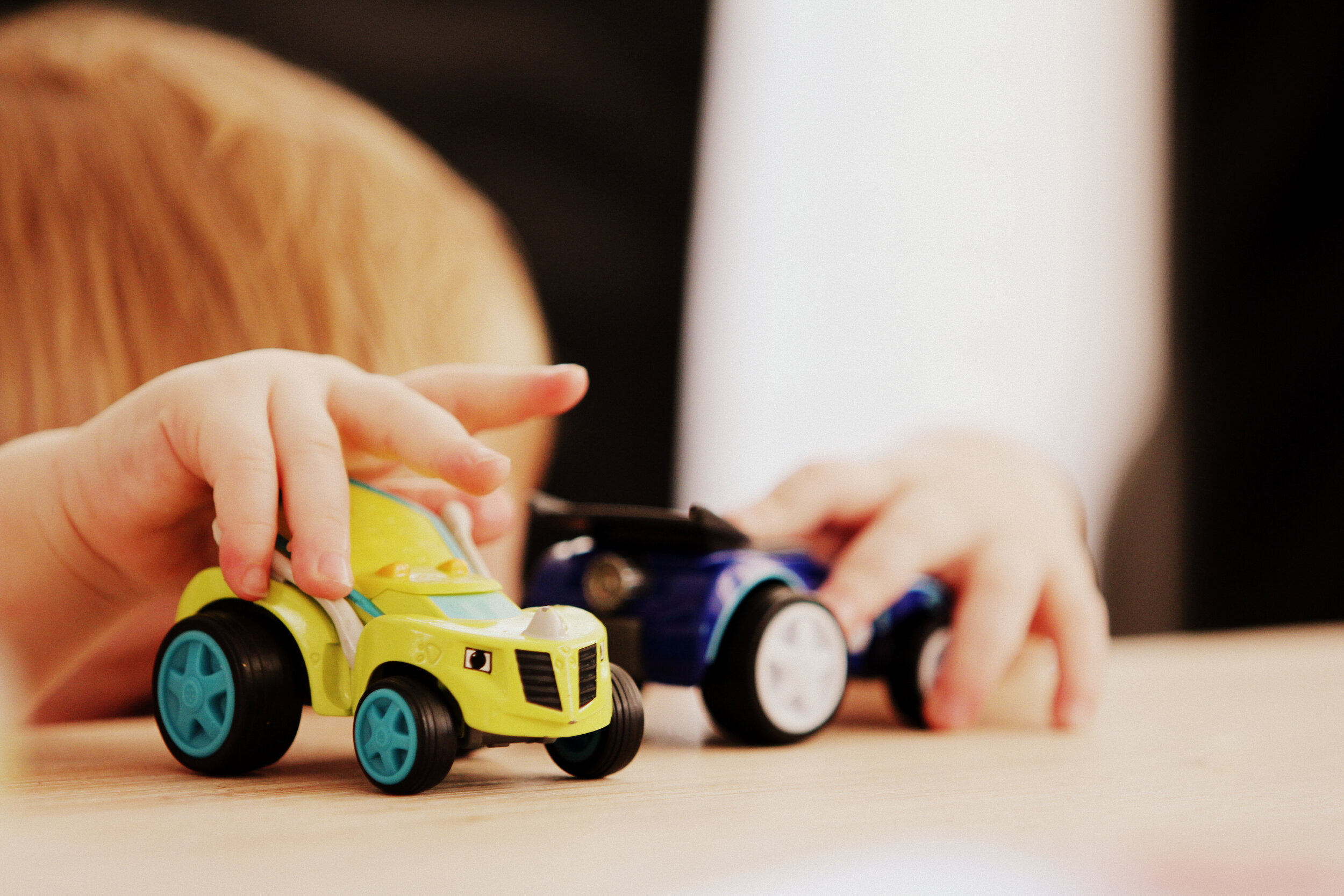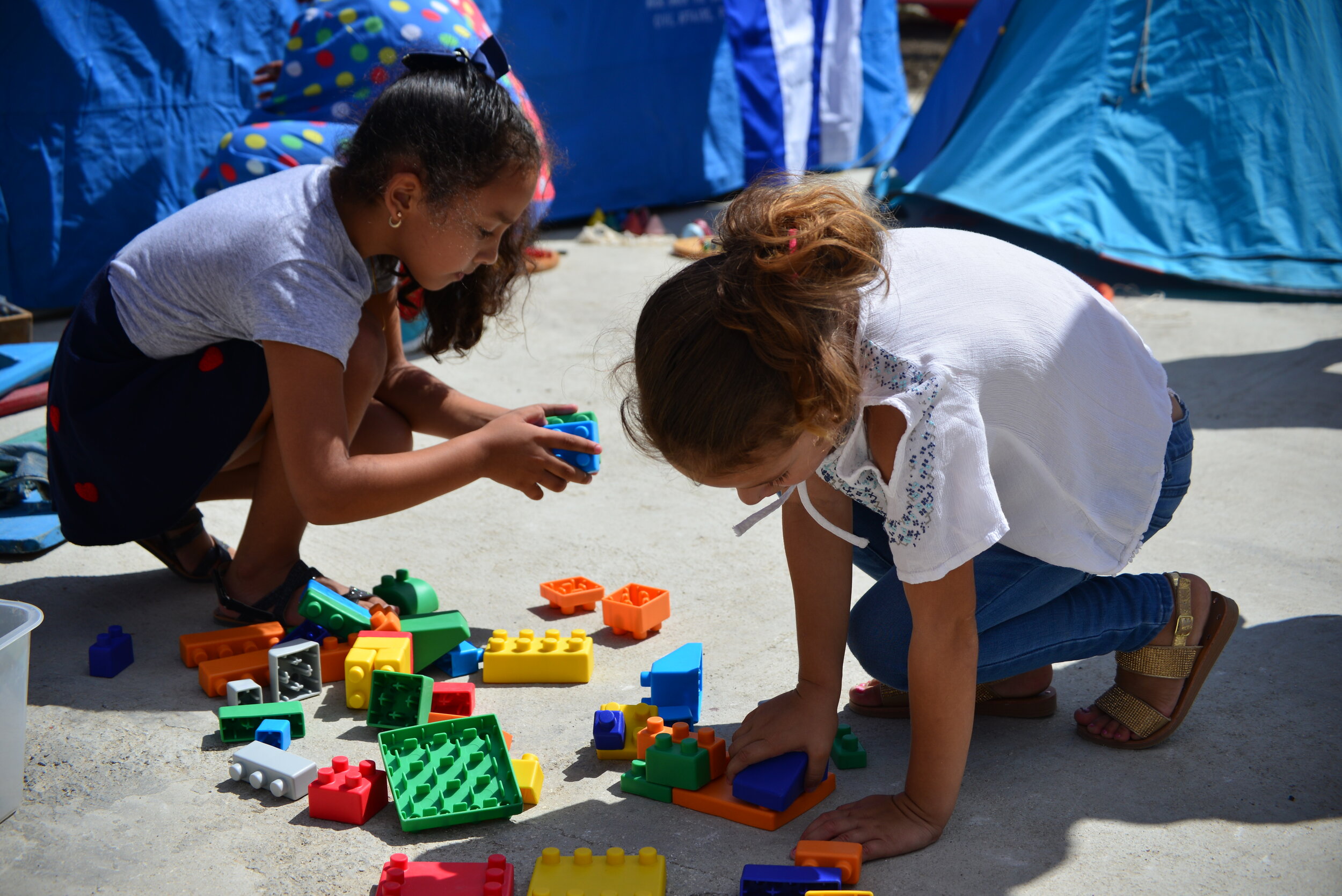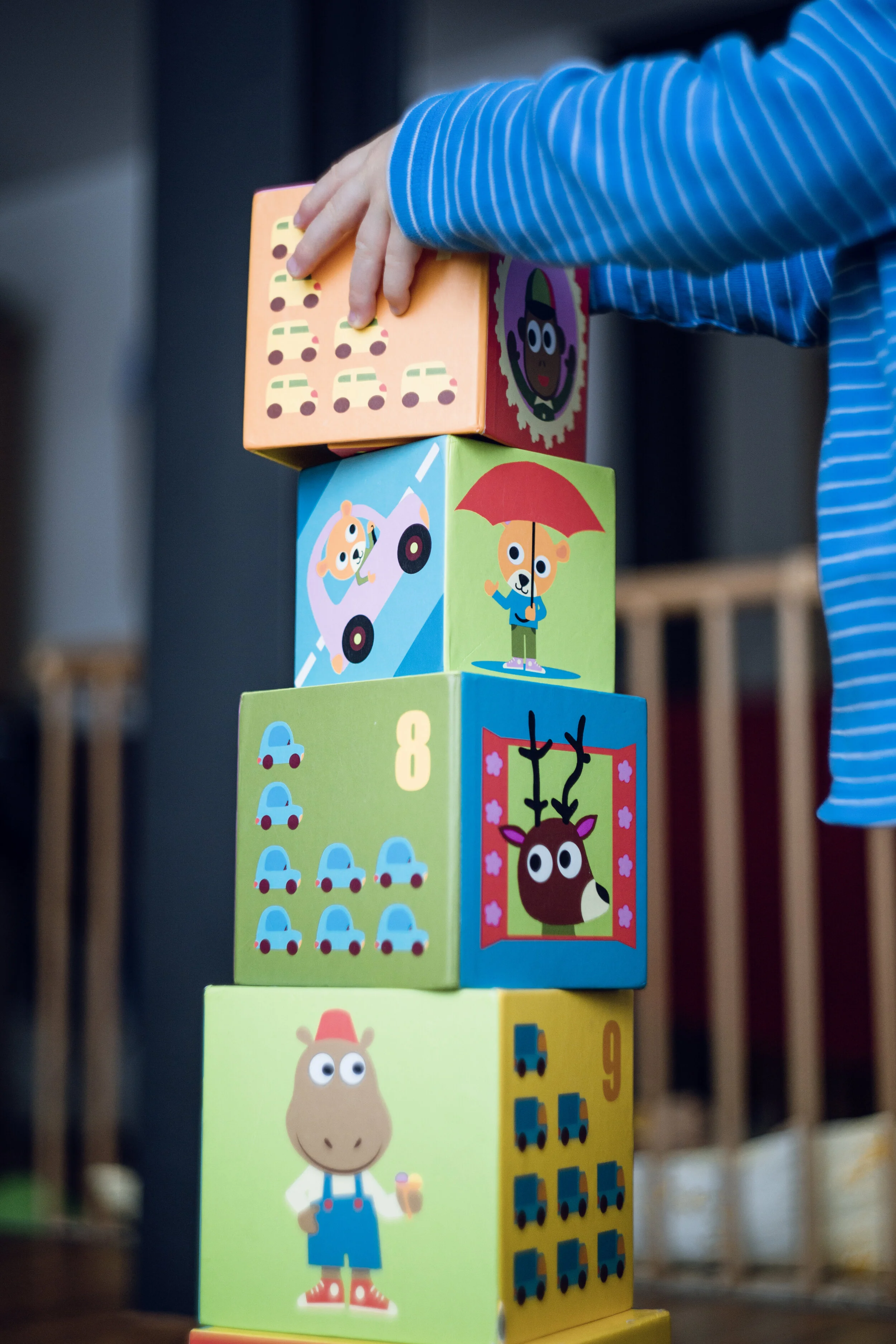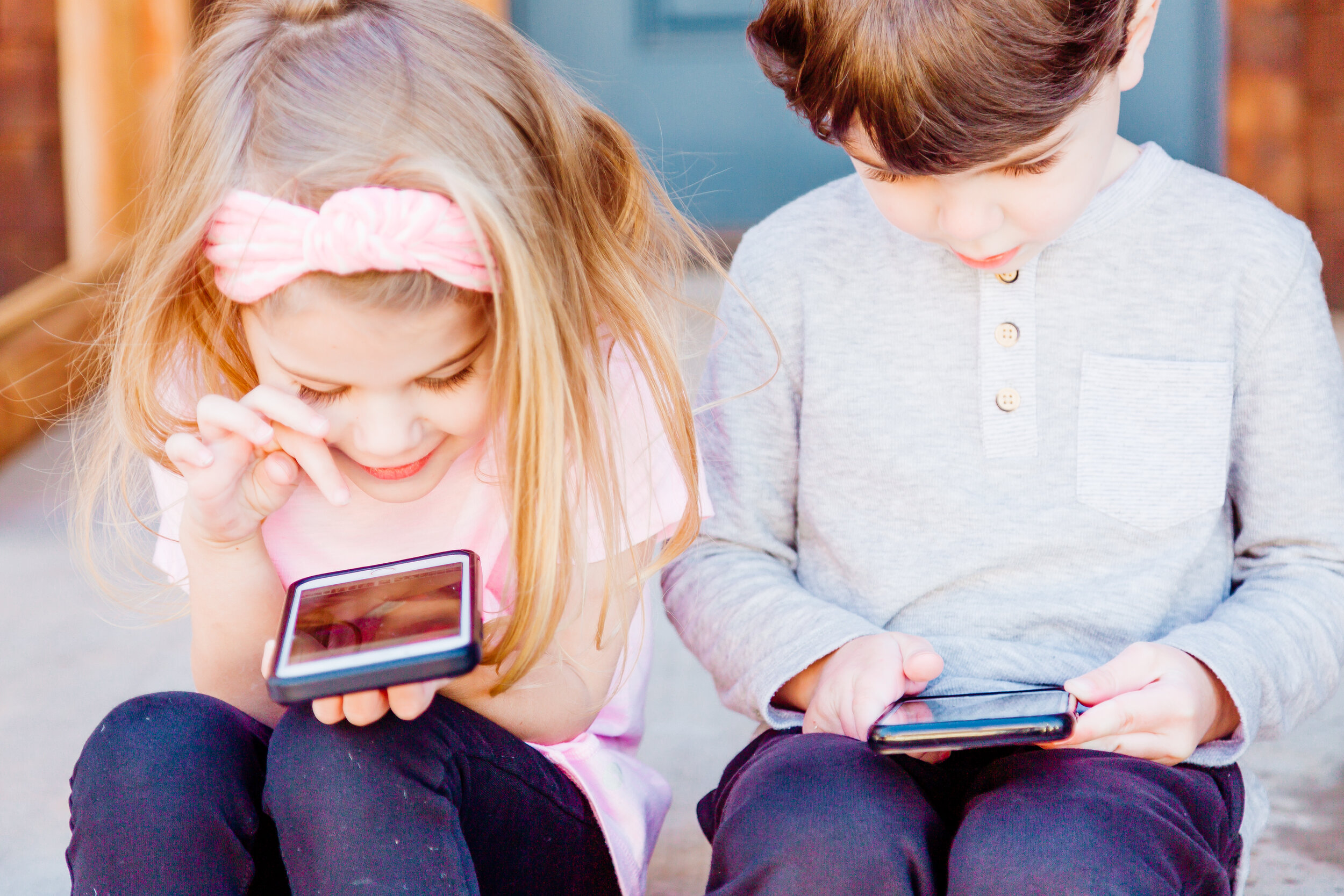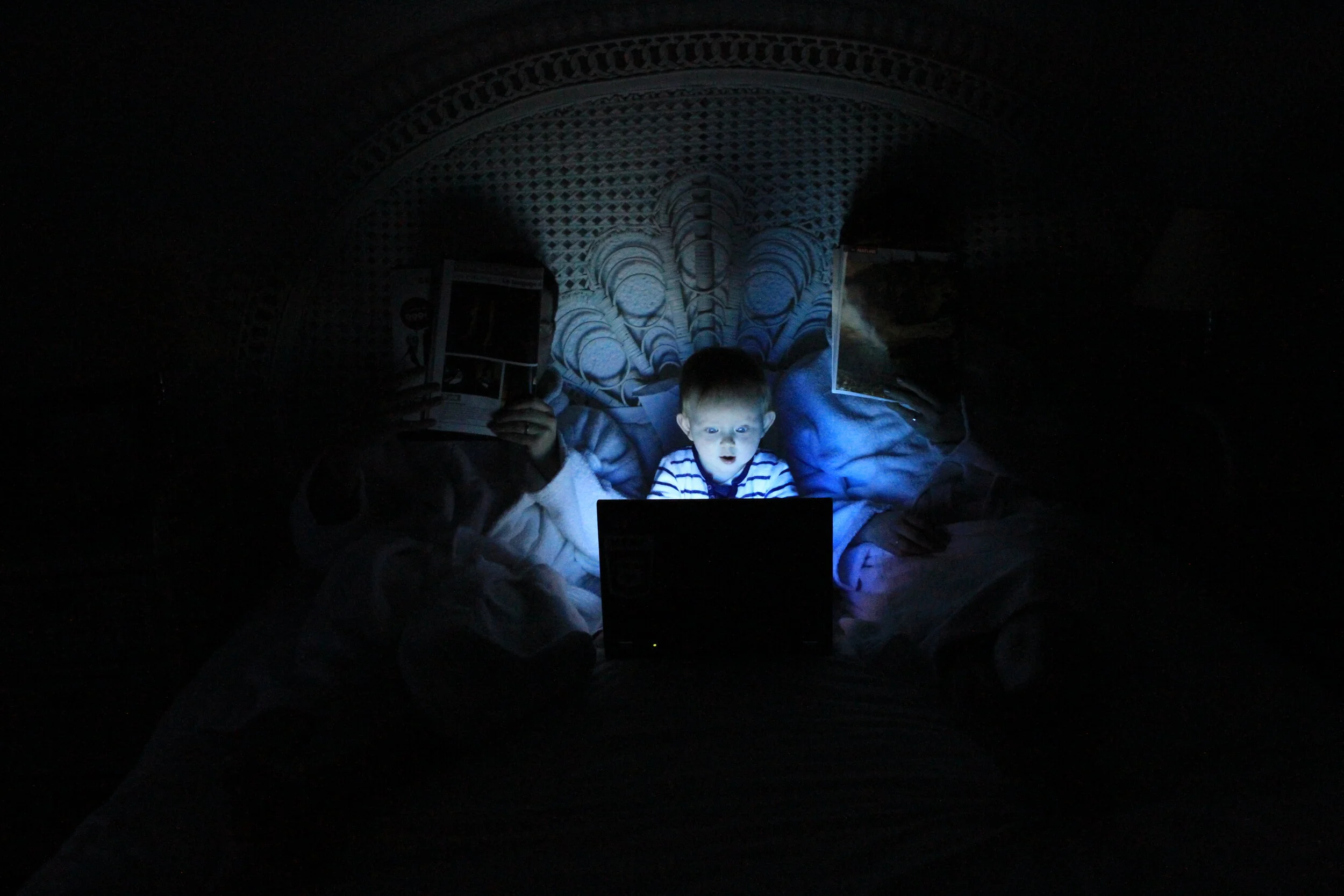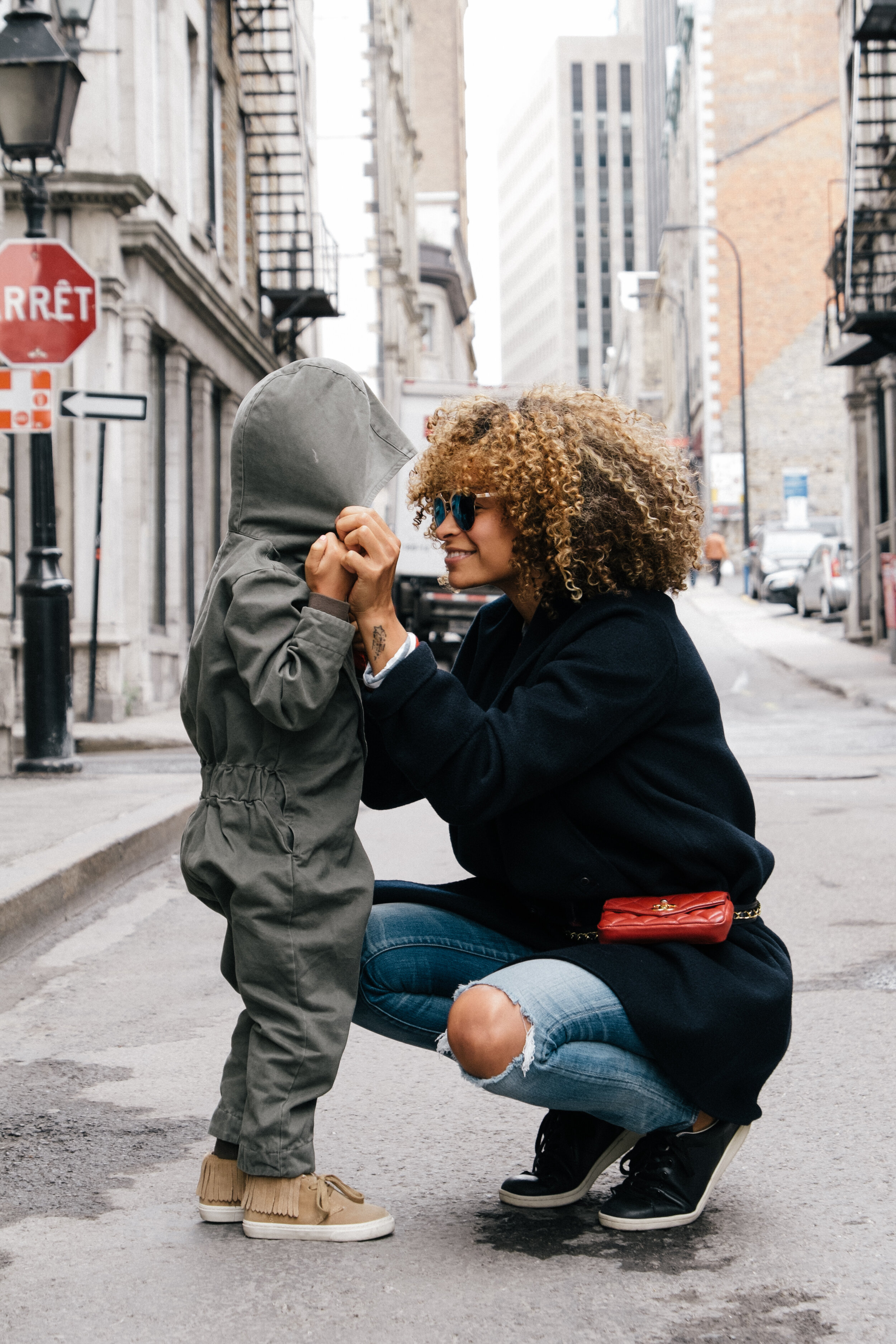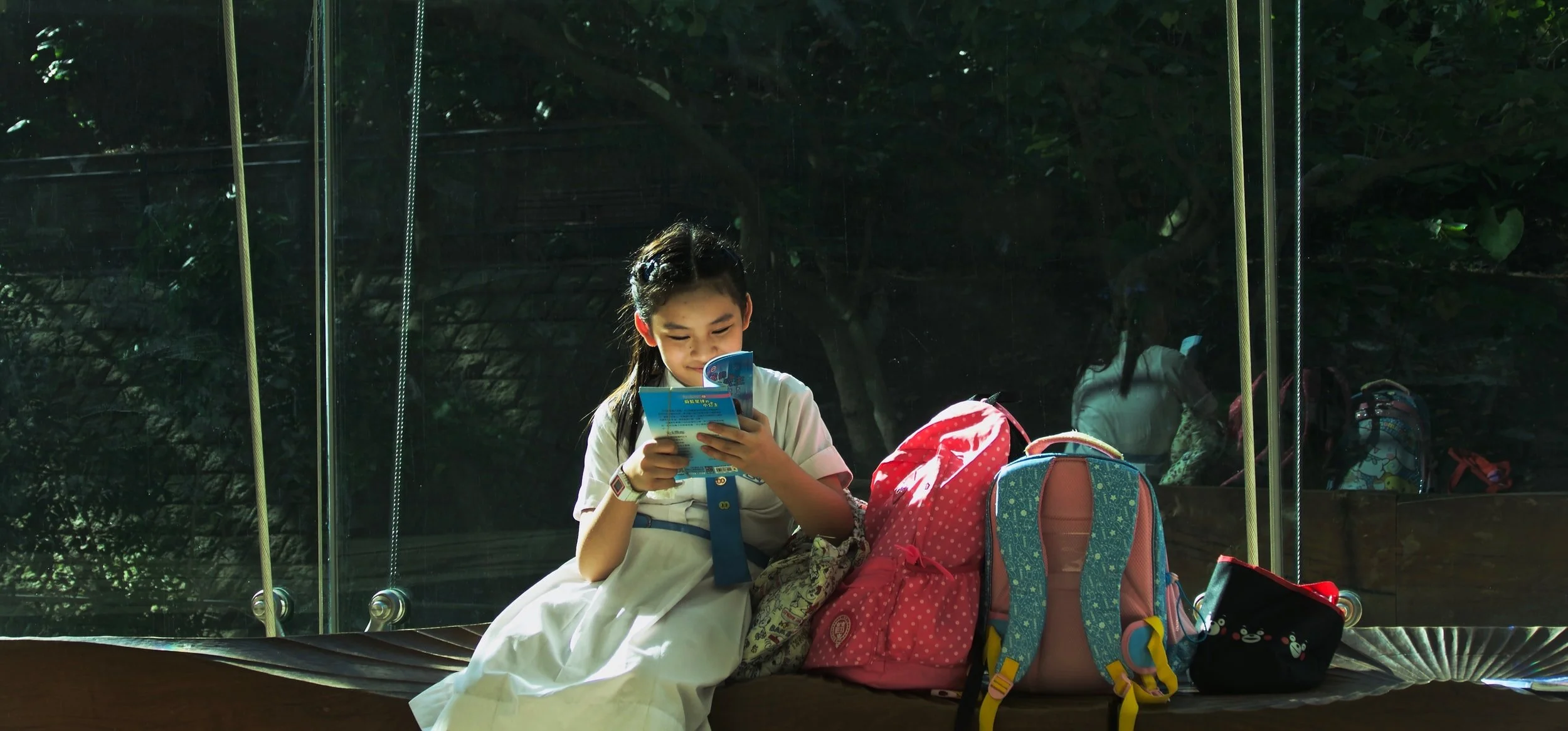You deserve to be able to go to the bathroom in peace! If your Self-Isolation is feeling a little crowded due to clinging, there are ways to help your child relax and adjust.
Kids react in all sorts of ways to stress, from anxiety and fearfulness to anger and irritability. If you’re a parent who is self-quarantining with children, you may be starting to see this wide array of stress responses at home. I have noticed that, among the kids in my practice, the past week or so has been a turning point for many children. While the first week off from school might have felt fun and novel, like a snow day, the second week of school feels more like the beginning of a new normal. The serious change of pace is bringing up anxiety for many kids, and one form you may notice it coming out in is increased clinginess to parents. If you expected your self-isolation to include a little more alone time, read on to learn why kids get clingy when stressed and how we as caregivers can help them adjust.
Why Do Kids Get Clingy During Stressful Times?
Children see their parents as their “safe base.” Mom or Dad is the person who is always predictable, will always protect them, and knows how to keep them safe. Usually, the older kids get, the more comfortable they feel straying farther and farther from their safe person, knowing that their parent will always be there for support if needed. During times of stress, like quarantine, the distance from parents that feels safe may shrink. This is especially true if there has been a loss of predictability due to changes in routine: if a child is no longer able to predict what happens next each day, a parent’s continued presence may feel less predictable, too.
It is also common for children’s behavior to regress during a period of trauma or stress. While it’s normal and common for infants and toddlers to have separation anxiety, preschoolers and older children who have move past this stage might revert back to it if they’re feeling vulnerable. This is usually a temporary phase, and kids will shift back to more age-appropriate behavior once the stress has resolved, especially if they have support in managing their anxious feelings.
How Can I Tell If My Child’s Clinginess Is Normal?
Separation anxiety and clinginess are a normal (and stressful!) part of child development for babies and toddlers, especially from the age of seven months old to about two and a half. Around this age, kids are learning that even when they can’t see a person, they still exist in the world and can still be relied upon to come back again. This is a concept called object permanence.
While some clinging is normal, it’s also possible for toddlers and older children to develop separation anxiety that is outside of the norm and cause added distress for everyone. Here are a few signs that a child may need help overcoming their clinginess:
Your child can’t tolerate even brief separations from you: for example, a trip to the bathroom or to go outside to get the mail.
Your child’s anxiety when away from you is so intense that they can’t cope.
The clinginess is getting more intense with time, rather than less.
The anxiety and clinging are more than you’d expect from a child of this age, and it’s interfering with daily activities.
It’s possible to reassure kids that they are safe and loved and help them to gradually increase their independence. You deserve to be able to go to the bathroom in peace, especially during these stressful times!
Make Your Child’s Routine Predictable
If you think your child’s clinging might be a response to their routine being thrown off, adding some structure to the day can be extremely helpful. For young children, predictability equals safety. Being able to anticipate what will happen each day and when allows them to trust that they’ll be taken care of and transition between activities more smoothly. When that predictability goes away, it can make children feel out of control and unsafe.
You don’t need to create an elaborate, Montessori-inspired routine in order to increase your child’s sense of safety. Simply setting established times for meals and snacks, playtime, and bedtime can go a long way in helping a child feel like their life is more in control. For bonus points, you can create a visual schedule of your day so that your child can follow along and know what to expect next.
Build Some Individual Playtime Into Your Day
A predictable routine is extra effective if your child knows they can rely on getting some individual, face-to-face time with you every day. I know this can be a tall order when everyone is working from home and cooped up with family 24/7. However, I have found that even 10 or 15 minutes of individual playtime with a parent is a huge help for kids with behavioral problems. Children crave focused attention from parents, and when they’re feeling insecure they often seek it out in unhelpful ways, like clinging and tantrums.
If you’d like to try this approach at home, find a time each day when you know you’re consistently available to spend time with your child. Right after dinner, after bathtime, or before bed might be good opportunities to sneak in a few minutes of togetherness. Make sure your child knows this is part of the routine, and if they start to cling to you at other times of the day, remind them that you’ll have special time to spend with them later on.
Praise or Reward Your Child For Being Independent
Most of us feel moved to speak out when someone around us isn’t doing the right thing, and this is especially true with kids. Good behavior, however, often goes unrecognized. Adults may be used to not getting praised every time they do what they’re supposed to do, but for kids, not getting praise for good behavior can accidentally reinforce behavior issues.
Kids crave attention from parents because it makes them feel safe. If a parent’s eyes are on you, it means they can look after you if something dangerous happens. As a result, children tend to repeat behaviors that have gotten them attention—positive or negative—in the past. If we get into the habit of ignoring good behavior, it’s less likely to happen again!
If your child has been struggling to separate from you at home, make sure you enthusiastically call out the times they succeed. If your child is playing independently, praise them for it! Kids who are really struggling to separate from a parent for any period of time often benefit from a reward chart. The positive reinforcement of earning a “prize” can motivate children to do the hard, scary work of separating.
Address Your Child’s Fears About The Coronavirus
Even young children are likely picking up more information about the coronavirus pandemic than you might expect. Lots of children I speak to understand that the virus is more serious for adults than for kids, and this has led to worry for some children that their parents might fall ill and not be able to care for them. This can lead to more anxiety about being away from a parent, and more clinging.
If you think this might be the case for your child, make sure they understand all the ways you’re keeping them and the family safe. For example, maybe your family is practicing social distancing, washing hands, getting groceries delivered, or even eating extra healthy during this time. It might also be reassuring for children to hear that there are lots of other caring adults in their extended family or neighborhood who will be ready and willing to help if the child ever needs them.
A child getting clingy during quarantine can be an added stress on parents during an already challenging time. Adding some structure and predictable opportunities to play each day can help your child adjust to their new normal feeling safe and secure. If you find that your child is still struggling even after trying these ideas, online child counseling or online parenting support can help you get back on track. Hang in there, parents! This phase won’t last forever.


